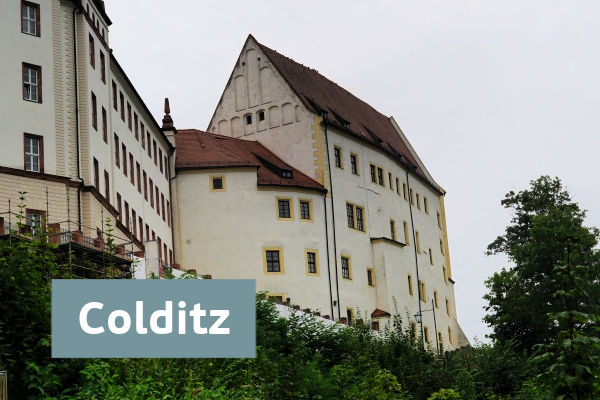
Three weeks ago we drove to East Germany to broaden our view of the world.
We enjoyed Berlin, Potsdam, Leipzig and Quedlinburg – they were all good!
Once I found out that you could stay in Colditz Castle though – it’s a Youth Hostel today – I booked it straight away!
For those who need a reminder, Colditz is a castle in Germany used as a prisoner of war camp during World War II for “incorrigible” Allied officers who had repeatedly escaped from other camps.
In the 1970s there was a fantastic TV series focussing on their escapes, which we loved to watch as a family!
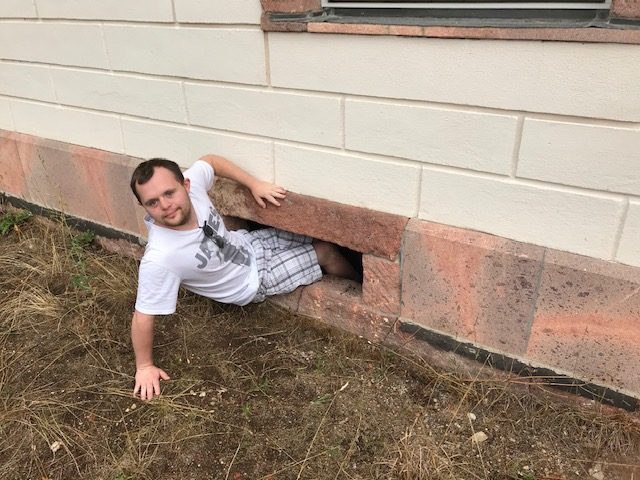
We booked a three hour tour with the fantastic guide Steffi. She told us a wealth of stories as she showed us round the castle, and showed us many of the escape routes, the successful and err, the not so successful ones!
Escape attempts sometimes required months if not years of effort, including tunnelling under the chapel, digging a route out from the below the theatre, and imitating locals.
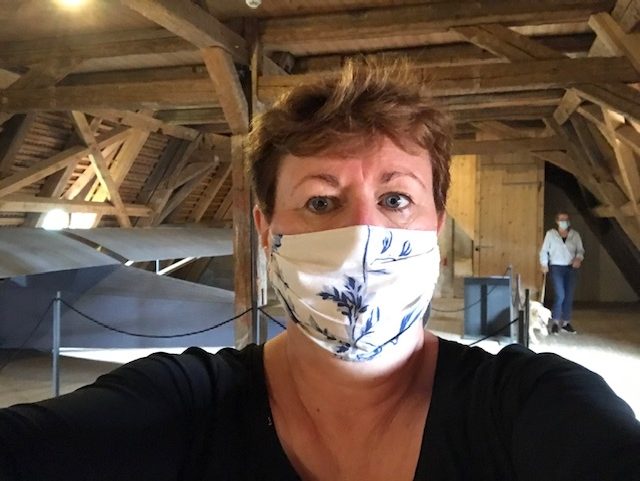
One which has captured the imagination of many, was an attempt to escape using a glider. This was planned to launch from the roof. It was built from materials smuggled in and those re-purposed from inside, and kept hidden behind an artificial wall. The war ended before the glider came into use, and sadly afterwards couldn’t be found.
In 2012 a team built a replica, launched it and found that it really was possible to escape in this way!
Out of all the stories, there was one thing Steffi said that really made a mark for me.
She said that when all the different allied nationalities – the French, the Poles, the Dutch, the British, decided to work together, the escape rate increased.
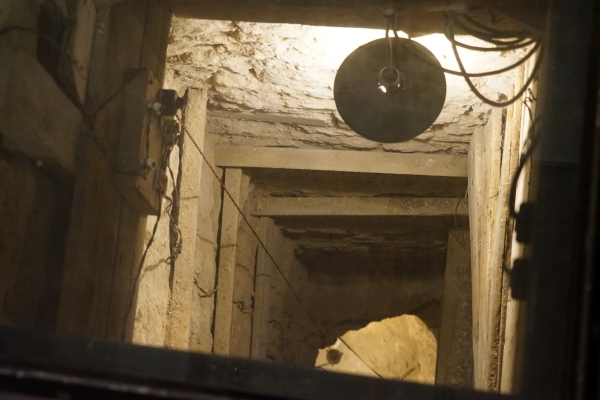
Until that point, it had been competitive between the nations. They had worked separately from each other. The escape attempts were not shared – there were no overlaps, sharing of ideas, resources or support for each other.
Here’s the thing – as one set of prisoners working together, their success rates increased.
When they stopped comparing results between each other, and changed from a competitive mindset to a collaborative one, their results soared.
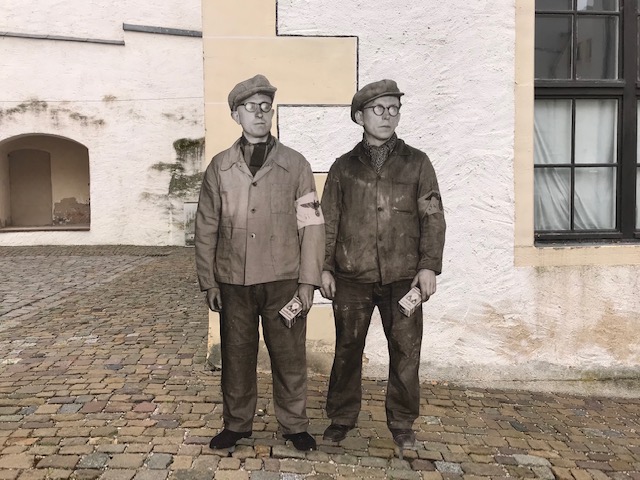
As well as being so impressed by all the human endeavour, tenacity, motivation; the personal qualities of imagination, creativity, perseverance, team work and follow through; this idea of collaboration giving better results than competition has stayed with me.
Can we use it today?
Can we use this mindset at a high level: as we already are doing with vaccine research. Can we work more overtly across borders to avoid spread, and trust each other that our goals are the same (if they are), to save life and protect our economies?
Can we use this mindset at a micro level; in our own lives. Can we co-operate and work together more effectively in maintaining social distance in our schools, supermarkets and offices?
There are new challenges as we move into September and the fresh academic year. A mindset refresh may help with this new chapter.
Do get in touch if your team, or your organisation, need help in making this shift.
Gill How loves to work with executives, professionals and managers to help them stretch and grow. She is a Master Executive Coach and Innovative Leadership Developer who works face to face and virtually in the UK and internationally. Please contact her for an exploratory conversation if her skills can help you succeed with your goals.
Here’s what one delegate on a leadership course run virtually in lock down had to say:
Eman Alghamdi, Digital Transformation & Business Development, Saudi Arabia
Like this content? Sign up for more here: www.gillhow.com
Photo credits: Martin and Gill How





Couldn’t agree more Gill – thanks for a stimulating, new perspective on this… the Colditz example made the idea of collaboration vivid – and more possible!
Thank you Alyse, it is quite a striking, tangible example, isn’t it. We need to keep on making it this vivid for COVID19…
Gill,
Excellent blog. I too loved Colditz. They made a board game of it, which was my Christmas present when I was about 10. The game is still at my 87 year-old Mum’s house, and I play it with Mum and my now grown-up children every time we go and visit her. Broadly it’s a terrible game, but interestingly, your chances of escaping go up dramatically when you collaborate against whomever is “The Enemy”.
Thank you Martin! Sounds a great way to teach the benefits of collaboration!
Thank you Martin, I didn’t know about this game! It sounds a great way of teaching the benefits of collaboration!